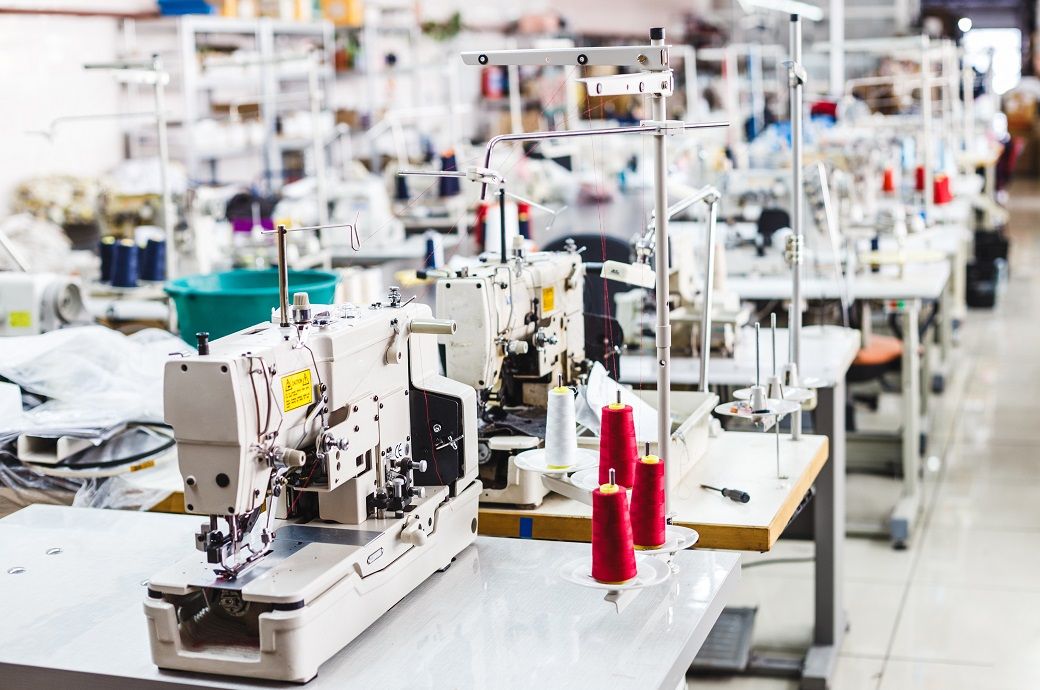
The increase in manufacturing production was underpinned by signs of firming client demand, with the two sub-sectors to see production rise—consumer and investment goods—the only industries to see new orders increase. The downturn continued at intermediate goods producers, but rates of decline in output and new business eased to seven-month lows, according to the S&P Global/CIPS UK Manufacturing PMI report.
February saw the overall level of new work received decrease for the ninth consecutive month. However, the trend showed further signs of stabilising, as the rate of contraction was only mild and the weakest during that sequence. Companies reporting lower new business intakes mentioned the cost-of-living crisis and weaker export order intakes. In contrast, those seeing an increase reported stronger client confidence and signs of economic stabilisation or recovery.
The trend in new export business also showed signs of resilience in February. Although new export orders decreased for the 13th month in a row, the rate of contraction eased sharply to its weakest since March 2022. On the downside, companies reported lower intakes of new work from key markets such as the US, mainland Europe, and China. However, several also noted that a revival in global economic conditions and the reopening of China from COVID restrictions had a beneficial impact on overseas demand.
The outlook for the manufacturing sector also strengthened in February. Business sentiment improved for the third month running and to its highest level in a year. Almost 60 per cent of companies forecast production would be higher in 12 months’ time, compared to only 10 per cent anticipating a downturn. The positive outlook mainly reflected expectations of improved economic conditions, new product launches, planned investment, and reduced supply chain issues.
February saw average vendor lead times shorten for the first time since June 2019. Although sub-sector data signalled that the improvement was mainly centred on the intermediate goods category, there were also signs of supply chain disruptions abating in the consumer and investment goods industries (both saw delivery times increase to lesser extents). Companies reported improvements in material availability and vendor capacity, added the report.
Reduced pressure on supply chains filtered through to the trend in input prices during February. Although average purchasing costs rose again, the rate of inflation eased for the fifth month running and to its lowest since July 2020. Higher costs resulted in increased selling prices (albeit the weakest rise in over two years).
Manufacturing employment decreased for the fifth successive month in February. Purchasing activity, stocks of inputs, and finished goods inventory also fell, in many cases due to efforts to control costs, minimise holdings, and dismantle safety stocks.
ALCHEMPro News Desk (NB)
Receive daily prices and market insights straight to your inbox. Subscribe to AlchemPro Weekly!